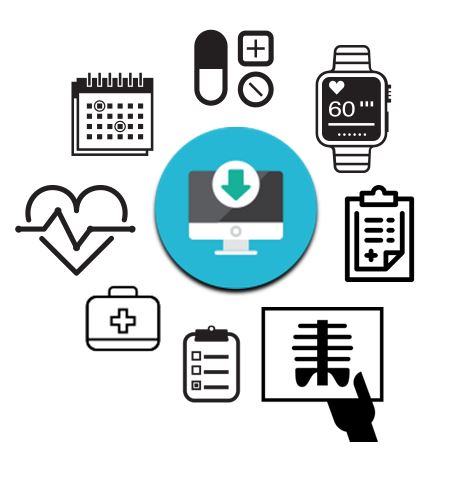We’re back from the 2018 Clinical Trial Innovation Summit that took place in Boston where a great deal of focus was on the concept of siteless clinical trials or virtual clinical trials. The definition varied from breakout to breakout as everyone admitted that this type of trial is good but both definitions and its potential benefits vs risks, revealed gaps in understanding. The discussion swirled around reaching out directly to the patient. To the veterans there are many reasons why. Here are a few:
• It’s cheaper. In theory you do not need sites to recruit patients and you eliminate all costs having to deal with site management because “you are” the site.
• It’s less error prone. In theory we eliminate the number of data transcriptions by having the patient enter data, ostensibly, contemporaneously.
• It’s quicker. Using social media we can recruit faster since we already know the patients, and we can reach out directly and no longer have to worry about geographies and site bandwidth.
In the words of Anthony Cristillo, a thought leader in conducting clinical trials and presently Director of Clinical Research at Social & Scientific Systems, “When I walked into this breakout session, you had me at hello. But I am not sure anymore…”
“My humble contribution was to assure the attendees that the challenge of aggregating data in real-time from the myriad of data sources was something that can be done.”
His gut instinct and trepidations were shared by the other 30 or so people who were jammed into a shared room where they had to twice bring in extra chairs. Then the questions began to come out, some of which were these:
• What about Investigators?
• How do you monitor?
• What about adherence?
• How to handle higher than expected drop-out rate?
• How do you control compound distribution?
• Aggregating data is going to be impossible – what if each patient has a different device?
As the exuberance began to deflate and speakers retreated to advocating for simpler and simpler studies it became apparent that Anthony’s disappointment was shared across the room.
Eventually everyone transitioned into a brainstorming session to parse the problem into its components and discussed solutions. My humble contribution was to assure the attendees that the challenge of aggregating data in real-time from the myriad of data sources was something that can be done. The rest of the issues raised as noted above are real and require a lot of thought before siteless clinical trials become reality.
Sina Adibi is the CEO of Adaptive Clinical Systems and a veteran of Pharma and Health IT industry.
About Adaptive Clinical Systems
Adaptive Clinical Systems offers a unique, simple, secure, validated, compliant, and cost-effective innovative solution for clinical data integration and interoperability. The cloud-based innovative Adaptive eClinical Bus® solution integrates clinical study data from multiple systems and platforms — EDC, eCOA, CTMS, Medical Imaging, IRT, analytical/data visualization systems and others — to ensure accurate and efficient transfer of clinical data for any study of any complexity while going well beyond simple and difficult to scale integration to full, real-time interoperability.
The award-winning Adaptive eClinical Bus software includes “connectors” for many leading clinical trial software tools from well-known vendors such as Omnicomm, Medidata, BioClinica, and Clinical Conductor to open source clinical trial tools such as OpenClinica and Clinovo. Connectors can also leverage internally-developed and proprietary systems and help customers retain their competitive edge. Adaptive Clinical’s eClinical Bus® can easily integrate technology into an interoperable, efficient, and accurate clinical trials system that streamlines processes and improves data reliability and offers the freedom to choose the best eClinical tools of any third-party or proprietary systems while enjoying all the benefits of a fully integrated system.


